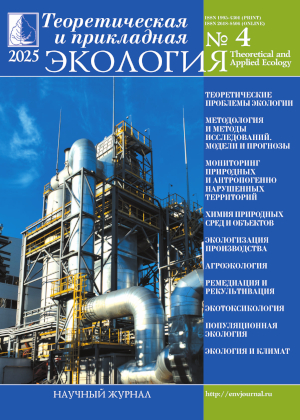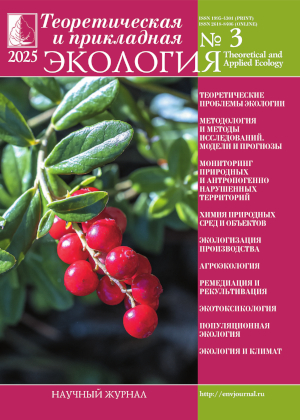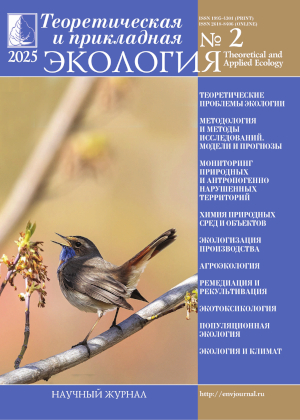 ISSN 1995-4301
ISSN 1995-4301(Print)
ISSN 2618-8406
(Online)
Online version of the journal
|
Infestation of pea seeds (Pisum sativum L.) with pathogenic microorganisms |
||||
| T.P. Gradoboeva | ||||
| Section: Agroecology |
||||
| Injuriousness of seed infection is very high. So, the aim of our study was estimation of pathogenic microflora on peas seeds and screening of cultivars on seed defeat with most harmful pathogenes. As a result of perennial monitoring of contamination of peas seeds, it is revealed annual existing of fungi of genera Ascochyta, Fusarium, Alternaria, Aspergillus, Pennicillum, Cladosporiumas well as agents of bacteriosis Pseudomonas syringae var. pisi on their surface. Fungi of genus Ascochyta spp. were represented with two species: A. pisi, A. pinodes. Within fungi of genus Fusarium determined on peas seeds, F. oxysporum var. pisi, F. avenaceum, F. sporotrichioides, F. culmorum prevail. Fungi composition and defeat of cultivars with them varied in dependence of year conditions and cultivar. Significant part in complex of seed infection for all year of study belongs to fungi of genus Alternaria. They were met practically on seeds of all cultivars (96.5–100.0%), with except of cultivar L-1325 (Sweden). Most dangerous present agents of diseases often exist in mycobiota of seeds: ascochyta blight (17.4–93.5%), fusariosis (6.5–68.8%) and bacteriosis (39.1–80.0%). 237 cultivars and genotypes of peas of domestic and foreign breeding were studied. For study period (2014–2018) seeds were defeated in the highest degree with ascochyta blight. Hard and very hard degree of defeat of seed with this disease was noted in 27.1 and 19.8% of genotypes. For fusariosis defeat these parameters were 2.5 and 17.3%, for bacteriosis – 31.2 and 1.4%. Absence of ascochyta blight on seeds noted in 12.2%, fusariosis – in 31.2%, bacteriosis – 13.5% of studied cultivars. As a result of perennial evaluation perspective genotypes were selected (Tigra (Germany), Е-3907, Е-3335, Е-3767, Е-4030, Д-23417 (Russian Federation, Kemchug (Pamir)), which had defeat of seeds with ascochyta blight, fusariosis, and bacteriosis not higher than 4% for all years of study. This parameter has high importance in practical breeding. | ||||
| Keywords: peas, seed contamination, resistance, ascochyta blight, fusariosis, bacteriosis |
||||
| Link | ||||
| Article published in number 3 for 2021 DOI: 10.25750/1995-4301-2021-3-179-185 |
||||
|
|
36, Moskovskya street, Kirov, 610000, Editorial Board "Theoretical and Applied Ecology." Phone/fax: (8332) 37-02-77 e-mail: envjournal@vyatsu.ru The journal was founded in 2007 |
||||||




 Select viewing options
Select viewing options